SABERES DE MONTE: a journey to the heart of a territory
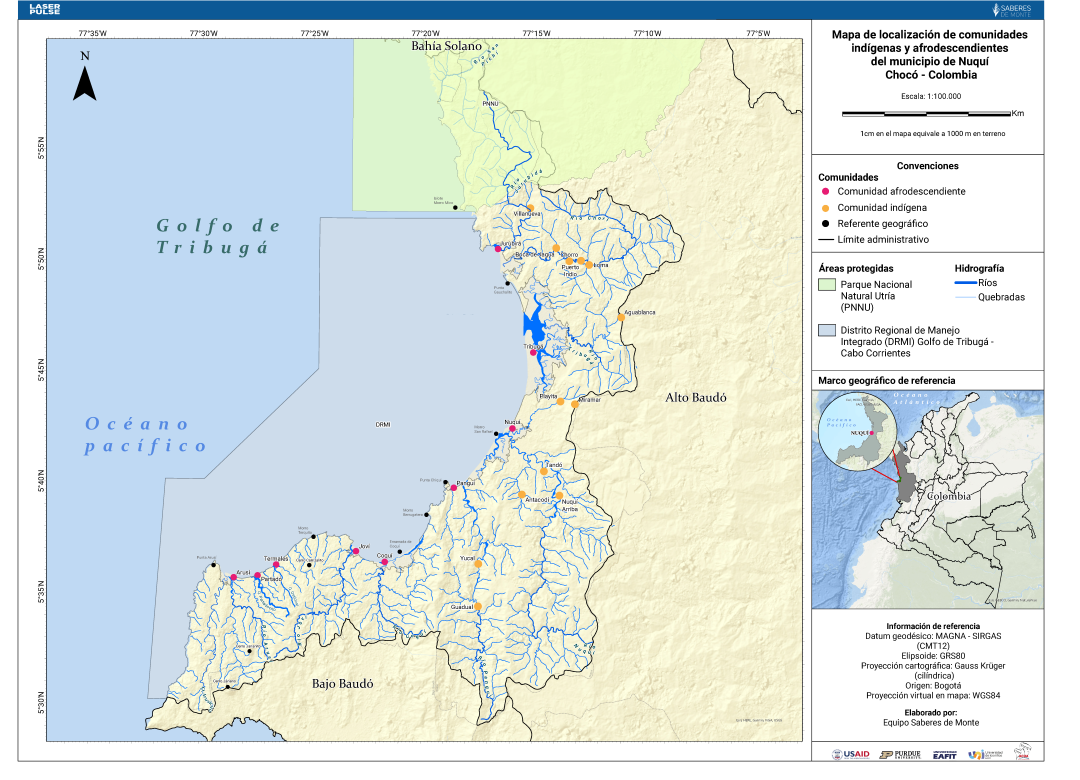
Map 1. Location of indigenous and Afro-descendant communities. Nuquí, Choco. Source: Saberes de Monte
By Yulieth Hillón, Universidad Eafit
When we look back at the history of Saberes de Monte, the path it has left (and continues to leave) and all the lives it has inspired, we still wonder where its magic comes from. We like to think that it lies in the synchronicity of multiple hearts beating with one purpose: to continue building what it means to be human, in particular, with the places of life and the beings with whom that human inhabits the world
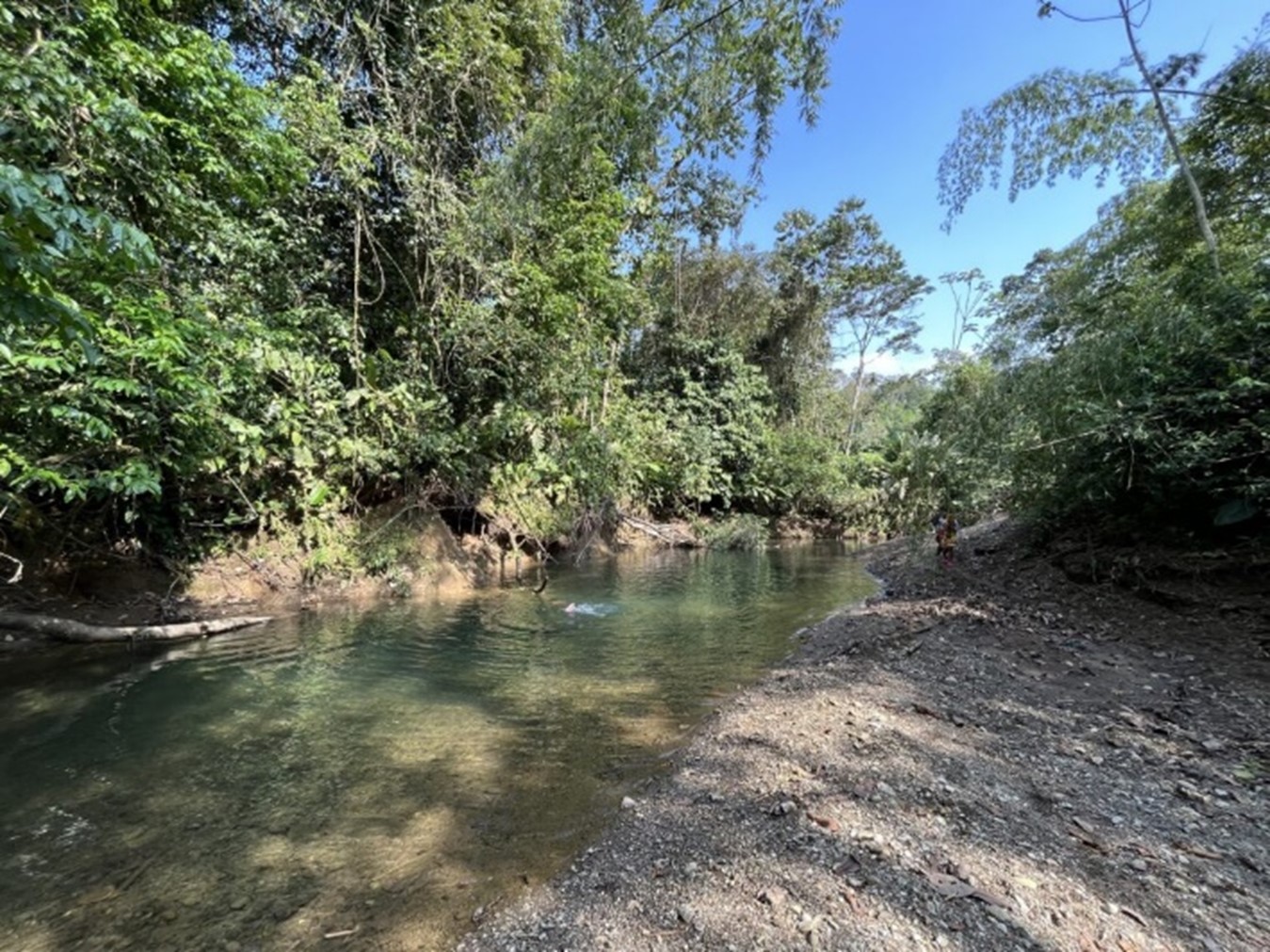
Photo 1. Nuquí's jungle landscape. Source: Saberes de Monte
Saberes de Monte was born from the mega-diverse heart of a territory and its people. The municipality of Nuquí is located in the Biogeographic Chocó in the Colombian Pacific - one of the most diverse hotspots in the world. Here the rainforests meet the sea, creating unique ecological interactions. Likewise, 97% of the inhabitants of this municipality have an ethnic affiliation, either Afro-descendant or indigenous. Thus, Nuquí is home to 9 Afro-descendant communities (Arusí, Partadó, Termales, Joví, Coquí, Panguí, Nuquí cabecera, Tribugá, and Jurubirá) and 14 Embera Dobidá indigenous communities (Loma, Puerto Indio, Chorro, Villanueva-Jurubidá, Aguablanca, Miramar, Nuquí Arriba, Yucal, Guadual, Antacodí, Tandó, Playita, and Boca de Jagua) with local ethnic authorities and collective titles to their territory, both recognized by the state. These Nuquiseño communities, during a workshop held in 2019 on socio-environmental conflicts, expressed their need to develop tools to address agricultural, forestry and water issues in their places of life due to the shortcomings they had in community work in these areas.
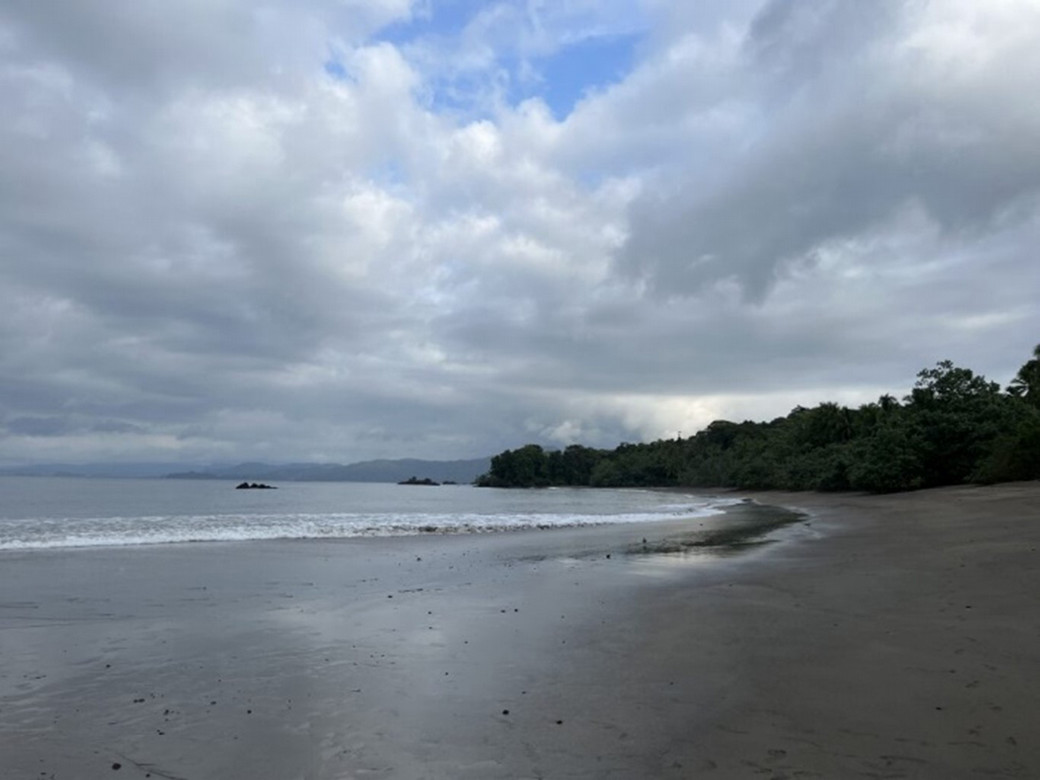
Photo 2. Seascape of Nuquí. Source: Saberes de Monte
Likewise, Saberes de Monte was born in the heart of a civil society and an academy committed to working with local communities and the dialogue of knowledge. The aforementioned workshop included the ACUA Cultural Assets Foundation, an NGO that, since 2010, has been promoting the sustainable empowerment of ethnic communities, in particular, the strengthening of their capacities and knowledge. Around the same time, two important actors from EAFIT University, with previous relationships with ACUA, were designing projects that delved into the academy-community relationship from bio-culturality and teaching-learning methodologies. On one hand, the research line "diversity, memory, dialogue of knowledge and social transformation", belonging to the research group "Justice and Conflict" and attached to the School of Law and, and on the other hand, the Children's University.
The encounter and the synergy created between the ethnic communities of Nuquí, ACUA, and EAFIT University would have been less fruitful without the ignition of one last heart. The Laser Pulse program (funded by USAID and implemented by a consortium led by Purdue University) believed in Saberes de Monte by providing the funds for its realization. Laser Pulse also endorsed and complemented the community work methodology created by the former through the "translational research" framework, the structure of which is shown in the following graphic.
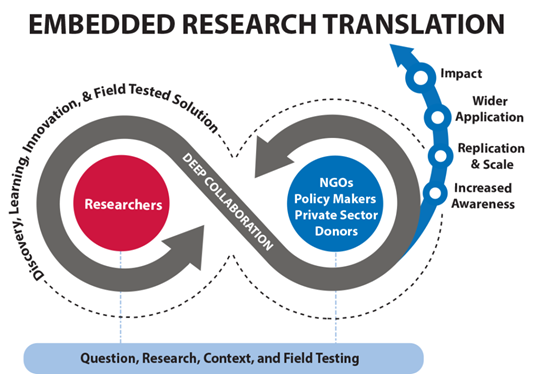
Graphic 1. Translational research. Source: Laser Pulse
With these actors, and listening to the feelings of the indigenous and Afro-descendant communities of Nuquí, Saberes de Monte's main objective was to understand the most important forms of land use (particularly in the agricultural, forestry and water axes) that these communities had in order to determine community tools to favor their permanence in the territory and the conservation of its bio-socio-diversity. The methodology included dialogue of knowledge, interdisciplinarity, translational research, and gender and intergenerational perspectives. This allowed connections and links between academic disciplines (geology, biology, pedagogy, communication, law, sociology and anthropology); between academia, civil society and the communities, and between the indigenous and afro-descendant communities themselves -among themselves and among the different populations that are part of them (e.g., age and gender).
In achieving this purpose and with these tools, Saberes de Monte generated fundamental contributions for academia, governmental and non-governmental institutions, and communities in different aspects1. Its results can be seen through the diverse knowledge that the participants of this initiative built in collective dialogue: learning knowledge, knowledge of the planet, community knowledge, and knowledge for the future.
KNOWLEDGE TO LEARN
How to carry out a dialogue of knowledge? How to share some of the pedagogical knowledge developed by the academy and, in this way, provide tools to the communities for their community building and a more horizontal dialogue with other actors within their territory? How to create space for dialogue between indigenous and afro-descendants and between the different populations that are part of a community? The answers to these questions gave life to:
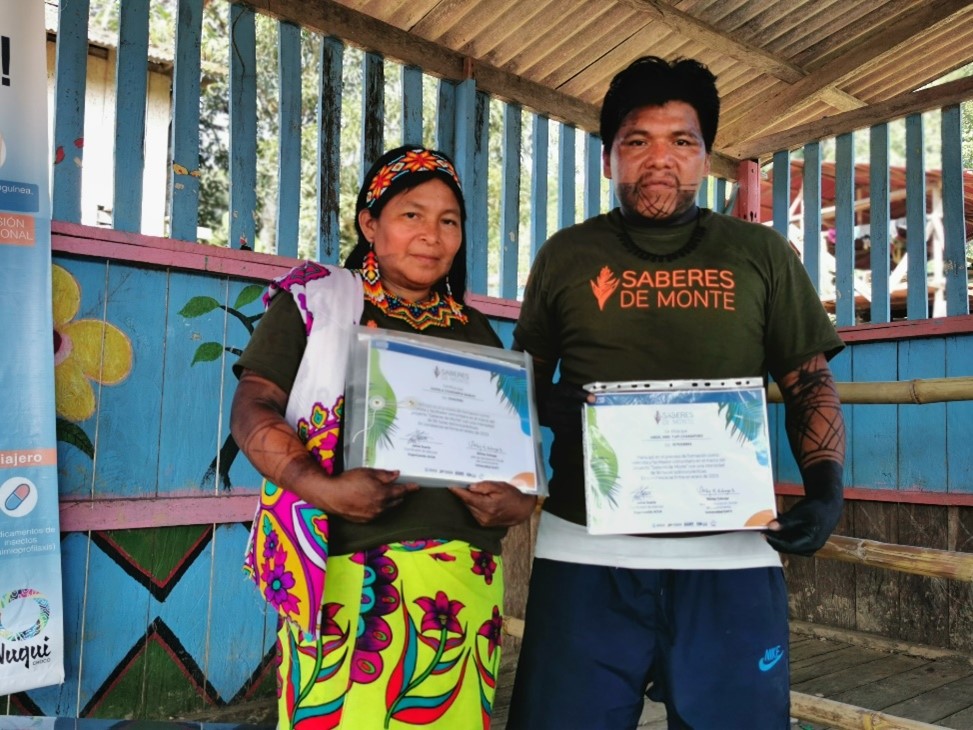
Photo 3. Graduated workshop participants - Villanueva Indigenous Community - Jurubidá. Source: Saberes de Monte
KNOWLEDGE OF THE PLANET
How to better understand a territory? How to connect the geological, biological and cultural diversity of a living space? How to build planning tools with indirect sources for land use zoning? What could be a proposal for zoning the territory that would allow a balance between land use and conservation? We seek to answer these questions with the following results:
- Methodology for land use zoning from secondary sources in areas where geospatial information is deficient. This methodology can serve as a basis in cases of difficult access, with little information or prior to field work in these aspects.
- Land use zoning proposal for each of Nuquí's watersheds considering their biological and geological diversity. These maps were delivered to the municipal authorities, the ethnic authorities, and each of the ethnic communities of Nuquí. This work is the basis for the future continental zoning of the territory. It also supported the work that the Afro-descendant ethnic authorities were carrying out to reformulate their ethno-development plan.
COMMUNITY KNOWLEDGEWhat does it mean to belong to a community? What unites us in that community? What does territory mean to us? How do we build territory? With whom do we share it? What planning mechanisms can be used to better organize it? What challenges do we face in its current construction? How do we dream as a community in our territory? Each of the indigenous and Afro-descendant communities of Nuquí, with the methodology created in "Saber aprender", answered these questions seeking, on one hand, to protect their bioculturality and, on the other hand, to create tools for their ethno-development plans and their life plans. Their answers were recorded in:
- Booklets and posters with biocultural memory, challenges and action plans regarding forests, planting and water (for each of the participating communities). These booklets were delivered to ethnic authorities, school libraries, and community leaders in each of the participating communities. Posters were delivered to each community.
The academic literature about Nuquí in its various aspects (biological, cultural, demographic, geographic or geological) is scattered and difficult to find. Therefore, Saberes de Monte considered it essential to create a "prefield report" that would allow native and external actors to have this information available:
KNOWLEDGE FOR THE FUTUREHow do we dream of our community in the future? What strategies could we implement to achieve these dreams? What initiatives can be carried out by our community? What initiatives can we develop with other actors? What agreements do we need internally and externally to achieve these objectives? Based on the challenges presented by each of the participating communities, Saberes de Monte built:
- Report - posters: "Nuquí: a common territory. Land use zoning proposal, priorities and action plan (planting, forest and water). Ethnic communities of Nuquí". Saberes de Monte and the authorities themselves decided to present a joint action plan covering the entire territory and its communities. This strategy allowed to consolidate the ties between authorities and territories, to understand a diverse territory in a common way and to join efforts to develop the created action plan. This plan is the fundamental basis for the continental territorial planning of the municipality, for future projects that different actors wish to present in Nuquí and for the consolidation of the Nuquí indigenous and afro-descendant communities.
This knowledge was accompanied by other academic (papers and master's theses) and community initiatives that nurtured the development of Saberes de Monte. Among them, we would like to highlight two community ones. One of the results of Saberes de Monte was to document the process by audiovisual means from its own people. This video was recorded and edited by ENPUJA, an Afro-descendant community collective dedicated to narrating their territory and training young people in audiovisuals. Likewise, EAFIT University made a video for international dissemination at the request of Laser Pulse. On the other hand, Saberes de Monte held 4 events for the presentation of results. The first, aimed at the Nuquí communities, was held in Nuquí and was attended by 173 people. Afterwards, the Saberes de Monte team, indigenous and Afro-descendant ethnic authorities, and community leaders from both ethnic groups traveled to Quibdó (67 attendees), Medellín (91 attendees), and Bogotá (75 attendees). These socializations were attended by academics, decision-makers, government entities, NGOs, companies, international cooperators, and embassies accredited in Colombia.
While we were thinking about how to end this article, we could not help but listen to the mega-heartbeat of a territory and its people. Its sound is perceptible in all the actors and results we have named, but, above all, in the way of acting that inspires for the future. The action plan created by Saberes de Monte is a flight log accepted by the communities of Nuquí, in which governmental and non-governmental actors can develop initiatives with the approval of those same communities. This is a call and an opportunity that should not be neglected. But there is something else that inspires in that heart. This was possible because the methodology used made it possible to restore and create trust and openness from the community to external agents. In this sense, Saberes de Monte, with its tools and way of working, shows possibilities for the dialogue of knowledge in favor of disadvantaged communities, taking into account ethnic, age and gender diversity. And perhaps this is where Saberes de Monte inspires the most at this moment... in the journey that every academic, governmental or non-governmental initiative must make through the question: how do we do what we do?
[1] These results can be consulted on the Saberes de Monte webpage https://www.eafit.edu.co/ninos/servicios/a-la-medida/saberes-de-monte/Paginas/inicio.aspx, and also on Laser Pulse webpage regarding to this initiative https://laserpulse.org/portfolio/diversity-memory-and-biocultural-rights/.





